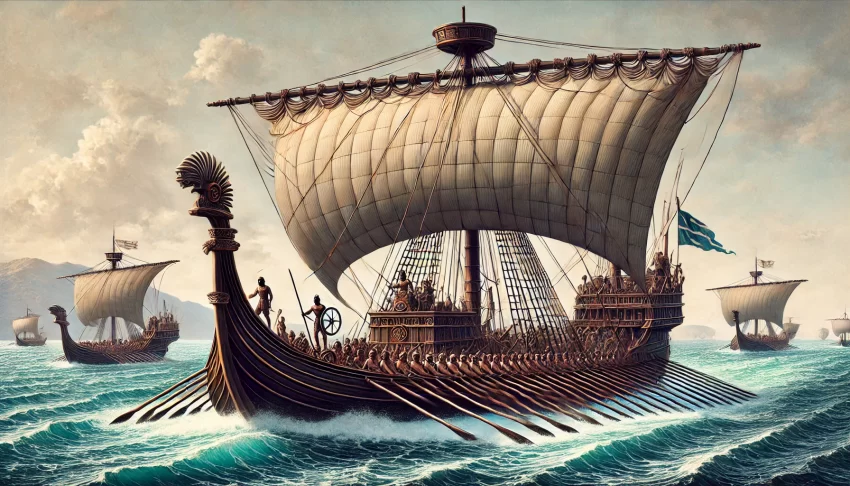Expansion and Colonization Efforts
During the First Interwar Period, both Rome and Carthage embarked on ambitious expansion and colonization efforts as a means to consolidate power and secure economic resources. These initiatives were driven by the desire to recover from the First Punic War’s devastation and to position themselves advantageously for future conflicts.
Rome, having secured Sicily as its first province outside the Italian peninsula, turned its attention to further territorial expansion. The annexation of Sardinia and Corsica in 238 BCE was a strategic move to control important maritime routes and to curtail Carthaginian influence in the western Mediterranean. These islands provided Rome with crucial resources, such as grain and metals, which were essential for the growing republic. Additionally, Rome’s focus on expanding its influence in Northern Italy led to conflicts with the Gauls, resulting in the conquest of the Po Valley. This region’s fertile lands and strategic location facilitated Rome’s agricultural and military capabilities, further strengthening its position.
Meanwhile, Carthage, under the leadership of Hamilcar Barca, initiated a vigorous expansion campaign in Spain. The rich mineral deposits in the Iberian Peninsula, particularly silver, were vital for Carthage’s economic recovery and military financing. Hamilcar’s campaigns not only established Carthaginian control over large parts of southern and eastern Spain but also laid the groundwork for the future exploits of his son, Hannibal. The establishment of new colonies and fortresses in Spain allowed Carthage to build a robust power base independent of its African territories. This expansion was not merely for economic gain; it was also a strategic necessity to counterbalance Rome’s growing dominance.
Both powers recognized the importance of integrating their new territories into their respective economic and political systems. In Rome, the expansion efforts were accompanied by the establishment of Roman colonies (coloniae) in conquered areas. These colonies served as military outposts, centers of Roman culture, and means to control newly acquired lands. The settlers, often Roman citizens and veterans, helped to Romanize the local populations and secure loyalty to the republic.
Carthage, too, implemented measures to integrate its new Spanish territories. The Carthaginian approach involved establishing trade networks and alliances with local tribes, as well as encouraging intermarriage to solidify these relationships. These efforts were crucial in maintaining control over the vast and diverse Iberian Peninsula.
The expansion and colonization efforts during the First Interwar Period significantly altered the geopolitical landscape of the western Mediterranean. Rome and Carthage’s strategic moves not only aimed at immediate recovery and consolidation but also set the stage for their continued rivalry. These actions would eventually culminate in the Second Punic War, a conflict that would further define the destiny of both powers and the broader region.
 |
 |
 |


